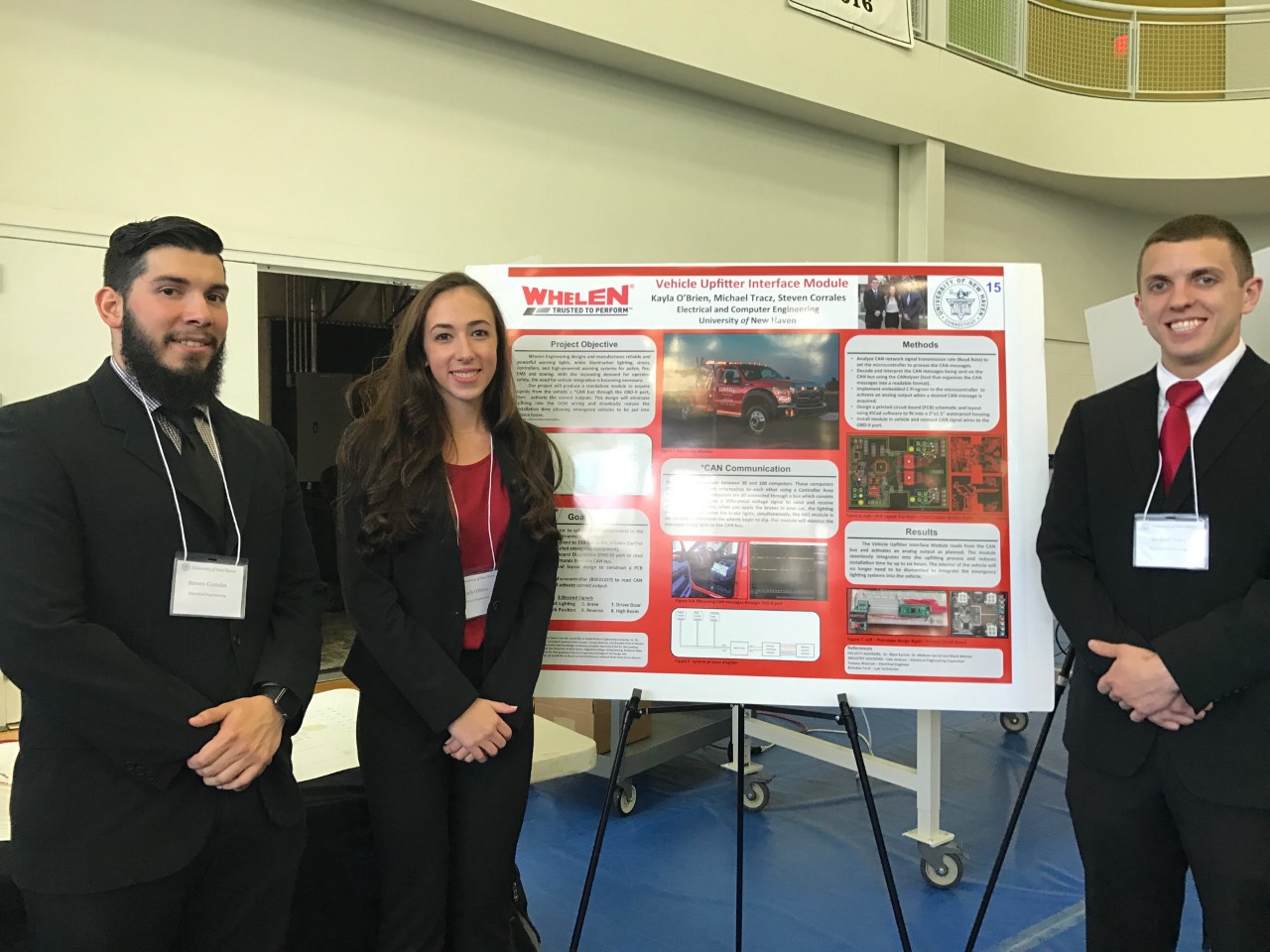New evidence suggests that ancient Mars was once much colder than previously assumed, and also contained oceans and glaciers. These findings may explain why unusual minerals are present in the lowlands of the planet.
A team of astrobiologists led by Alberto Fairén at the SETI Institute and the NASA Ames Research Center compared sediment samples found in the northern and southern poles of Mars; it was discovered that the northern lowlands are absent of the mineral group called phyllosilicates (marine sediments found in Earth’s waters that show the existence of an ocean environment). The lack of this mineral suggests that if oceans did exist in northern Mars, they would have been close to frozen, not liquid as some scientists presume. The frigid temperatures and frozen water would have prevented the phyllosilicates from travelling down to the northern ocean basin. Furthermore, formations around Martian ocean basins “are consistent with the presence of large glaciers, such as underwater stretches of rocky debris known as moraines,” reports SPACE.com.
While the two prominent ideas towards weather on Mars propose that the planet was either cold and dry or warm and wet, Fairén’s study offers a different explanation. “Our multidisciplinary analyses offer an explanation for the existence of an ocean in the past of Mars which is consistent with the mineralogy detected so far by orbiters and landers,” said Fairén, in the journal Nature Geoscience. “If there were oceans on Mars, they were cold glacial, similar to the polar seas on Earth. The coasts would be rimmed by glaciers, and portions of the ocean would be ice-covered.”
Fairén’s main idea combines both leading ideas of Mars’ early climate: ancient Mars was wet, but not necessarily warm. However, Fairén’s work is far from complete. More research is underway for the scientists, including the search for icebergs in coastal areas of the Red Planet. “This is not an easy job, as the evidence for the ancient ocean is mostly buried under tons of more recent materials, including kilometer-thick sedimentary and volcanic deposits, which make our work more and more challenging,” Fairén revealed to SPACE.com.








